Adrienne Mayor - Gods and Robots: The Ancient Quest for Artificial Life
Here you can read online Adrienne Mayor - Gods and Robots: The Ancient Quest for Artificial Life full text of the book (entire story) in english for free. Download pdf and epub, get meaning, cover and reviews about this ebook. year: 2018, publisher: Princeton University Press, genre: History. Description of the work, (preface) as well as reviews are available. Best literature library LitArk.com created for fans of good reading and offers a wide selection of genres:
Romance novel
Science fiction
Adventure
Detective
Science
History
Home and family
Prose
Art
Politics
Computer
Non-fiction
Religion
Business
Children
Humor
Choose a favorite category and find really read worthwhile books. Enjoy immersion in the world of imagination, feel the emotions of the characters or learn something new for yourself, make an fascinating discovery.
- Book:Gods and Robots: The Ancient Quest for Artificial Life
- Author:
- Publisher:Princeton University Press
- Genre:
- Year:2018
- Rating:5 / 5
- Favourites:Add to favourites
- Your mark:
Gods and Robots: The Ancient Quest for Artificial Life: summary, description and annotation
We offer to read an annotation, description, summary or preface (depends on what the author of the book "Gods and Robots: The Ancient Quest for Artificial Life" wrote himself). If you haven't found the necessary information about the book — write in the comments, we will try to find it.
The first robot to walk the earth was a bronze giant called Talos. This wondrous machine was created not by MIT Robotics Lab, but by Hephaestus, the Greek god of invention. More than 2,500 years ago, long before medieval automata, and centuries before technology made self-moving devices possible, Greek mythology was exploring ideas about creating artificial life--and grappling with still-unresolved ethical concerns aboutbiotechne, life through craft. In this compelling, richly illustrated book, Adrienne Mayor tells the fascinating story of how ancient Greek, Roman, Indian, and Chinese myths envisioned artificial life, automata, self-moving devices, and human enhancements--and how these visions relate to and reflect the ancient invention of real animated machines.
As early as Homer, Greeks were imagining robotic servants, animated statues, and even ancient versions of Artificial Intelligence, while in Indian legend, Buddhas precious relics were defended by robot warriors copied from Greco-Roman designs for real automata. Mythic automata appear in tales about Jason and the Argonauts, Medea, Daedalus, Prometheus, and Pandora, and many of these machines are described as being built with the same materials and methods that human artisans used to make tools and statues. And, indeed, many sophisticated animated devices were actually built in antiquity, reaching a climax with the creation of a host of automata in the ancient city of learning, Alexandria, the original Silicon Valley.
A groundbreaking account of the earliest expressions of the timeless impulse to create artificial life,Gods and Robotsreveals how some of todays most advanced innovations in robotics and AI were anticipated in ancient myth--and how science has always been driven by imagination.
Adrienne Mayor: author's other books
Who wrote Gods and Robots: The Ancient Quest for Artificial Life? Find out the surname, the name of the author of the book and a list of all author's works by series.

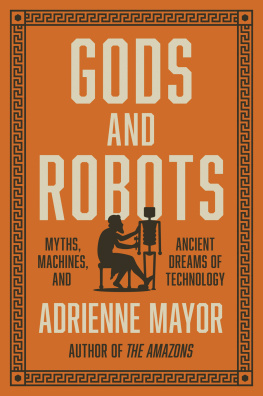

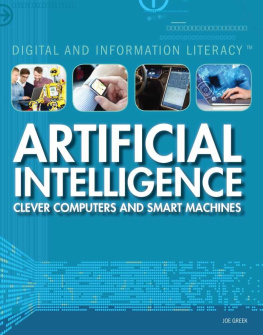
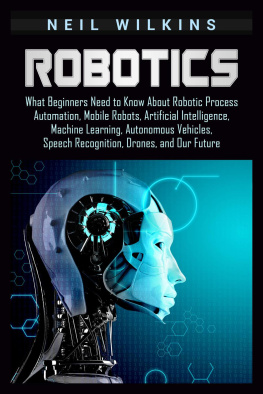
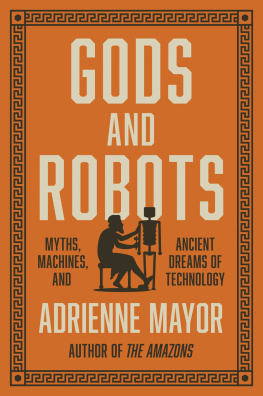
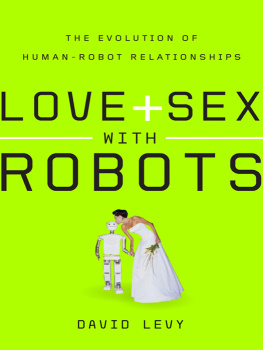
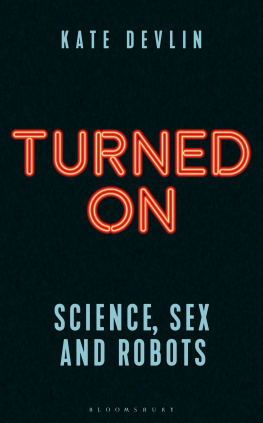
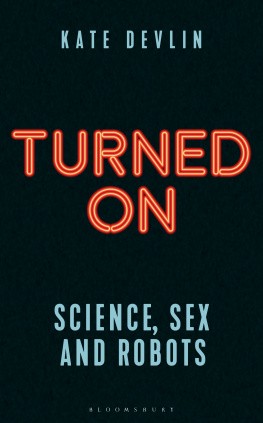
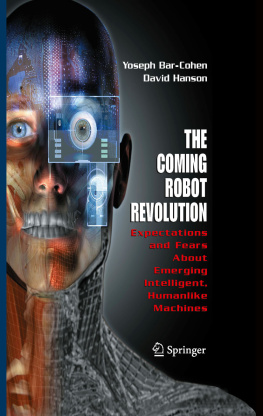



 CONTENTS
CONTENTS 
